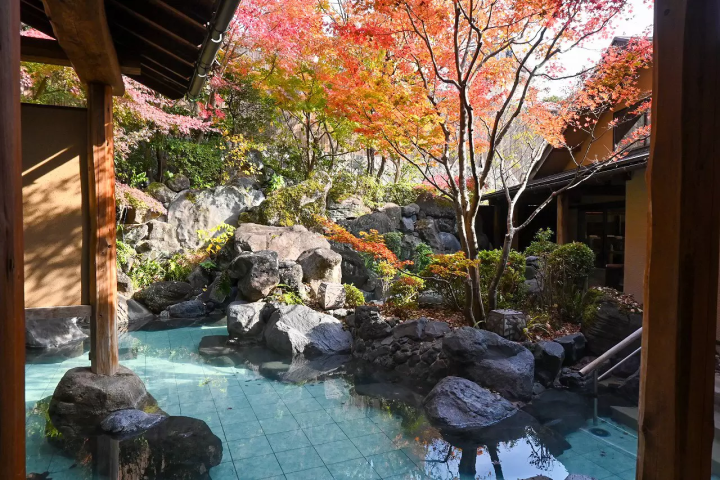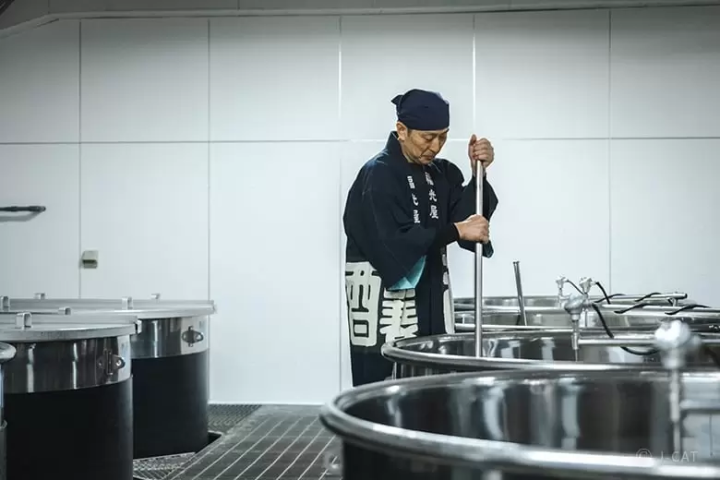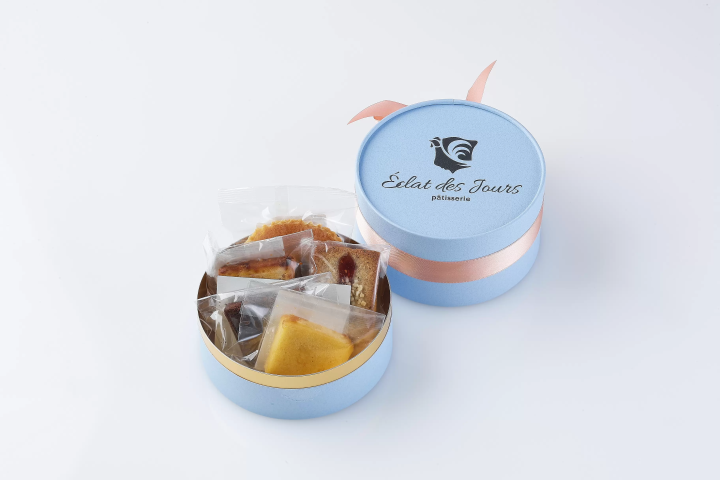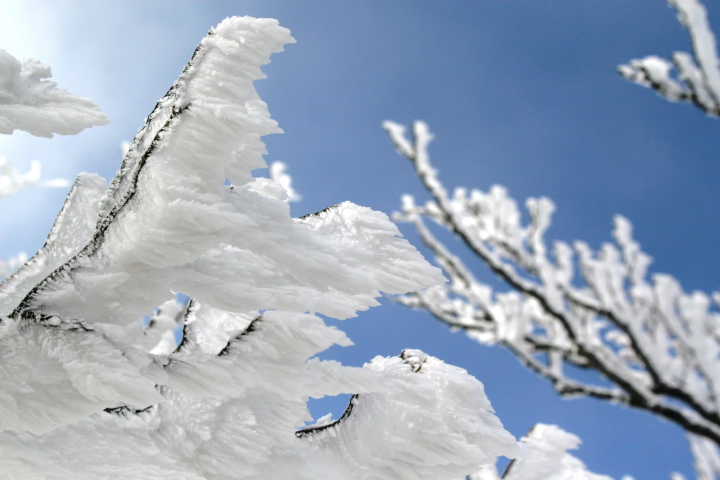Visit Two of Tokyo's Most High-Ranking Shrines: Monoimina no mikoto Shrine and Awanomikoto Shrine

Did you know that the only two prestigious shrines in Tokyo are both located on Kozushima? The beliefs that have been cherished by the islanders are still deeply rooted in island life, along with their traditions and religious ceremonies.
-
Table of Contents
- There are only two prestigious shrines in Tokyo, both of which are located on Kozushima.
- Monoimina no mikoto Shrine
- Summer Festival and Important Intangible Folk Cultural Property "Katsuo Tsuri Ritual"
- Awano mikoto Shrine
- Offering "Shiobana"
- summary
There are only two prestigious shrines in Tokyo, both of which are located on Kozushima.

Kozushima was once known as "the island where gods gather," and legend has it that it was the second island created to bring the gods of the Izu Islands together to discuss matters. Myths and legends have been passed down among the people, and religious ceremonies have been carried on mainly by fishermen, and are still deeply rooted in island life. In this article, we will introduce the "shrines" that are at the heart of Kozushima's history.
Is Mojin Taisha Shrine on Kozushima different from others?

A Shikinai Myojin Taisha is one of the ranks of ancient shrines, and is said to be a shrine that enshrines a god named Myojin, who has been said to have miraculous powers since ancient times.
Of the 2,861 shrines in Japan listed in the Engishiki jinmyocho, which was completed in 927, only about 220 have been given the rank of Myojin Taisha. Furthermore, there are only two Myojin Taisha shrines in Tokyo: Monoimina no mikoto Shrine and Awano mikoto Shrine, both located on Kozushima .
In other words, to put it simply, among the shrines in the whole country that are listed in the shrine catalog (Engishiki Jinmyocho), the shrines that have a god with great power are ranked as "Myojin Taisha", and there are only two in Tokyo, but both of them are on Kozushima!
If you ever visit the place while traveling, you should definitely go and say hello.
Monoimina no mikoto Shrine

Monoimina no mikoto Shrine enshrines Monoimina no mikoto, the guardian deity of the island.
Because it is located in the center of the village, when people on the island talk about "shrine," they are referring to Monoimina no mikoto Shrine.
In addition to the annual summer festival, which we will introduce next, this shrine also holds common Japanese traditional events such as Setsubun and Shichi-Go-San.
The "Kuji Matsuri" (Lottery ritual), a ritual that unfortunately disappeared recently, was also held at this shrine. The Kuji Matsuri was a ritual for fishermen to decide the fishing grounds and ranking of the takabe (Yellowstriped Butterfish) fishery by drawing lots. However, the number of fishermen catching takabe has drastically decreased, and the Ami-gumi (fishermen's groups) have become unsustainable, so this ritual has disappeared.

Summer Festival and Important Intangible Folk Cultural Property "Katsuo Tsuri Ritual"

Kozushima's summer festivals are usually associated with the annual festival and Katsuo (bonito) fishing rituals, which are held around Monoimina no mikoto Shrine from July 31st to August 2nd every year. The festivals are held to pray for safe fishing and a good haul, and the "bonito festival ritual" in particular has been designated an Important Intangible Folk Cultural Property. Fishermen holding bamboo boats and yelling "Yashi! Yashi!" re-enact the process of bonito fishing and selling them at the market, using traditional actions and words. Sweets and cash are scattered around the area as bait, and the spectators who crowd around them are like the bonito swarming around the bait. The sight of the bonito being caught is very lively and fun, and tourists and islanders alike join in the excitement.
Awano mikoto Shrine

Awano mikoto Shrine is located near Nagahama Beach, a short distance from the village, and is also called "Nagahama-sama."
The enshrined Awano mikoto is a very prestigious goddess who is the mother of the guardian Monoimina no mikoto and the empress of her husband, Kotoshironushi no Mikoto.
Kotoshironushi-no-Mikoto, who is said to have created the Izu Islands, is said to have placed other wives on other islands, but Awano mikoto became jealous and stole the jewels of the other wives, which are the gems of Nagahama Beach. Among all of Kozushima, Nagahama Beach is the only place where colorful stones such as red, blue, yellow, and white are gathered, and it is also called "Five Color Beach". They are very beautiful, but you should never take them home! It is said that if you take them, you will incur Awano mikoto's wrath...!
Offering "Shiobana"

Awano mikoto Shrine has a slightly unusual custom of visiting shrines.
Sand that has been washed and purified by the waves at Nagahama Beach is piled on flat stones and is called "Shiobana," and is offered at shrine gates and the steps in front of the main shrine.

Every year on April 15th, the islanders gather to make offerings of "Shiobana" and then pay their respects at the main shrine. This festival is also a prayer for safe fishing and a good haul of catches, and is a sacred ritual that has been handed down with great care. Perhaps because Awano mikoto Shrine is far from the village and families have traveled there together since ancient times, it is customary for families to enjoy a picnic-like meal after visiting the shrine on this day, and even today it is customary for everyone to gather together and have a barbecue after visiting the shrine.
summary
What do you think? There are many other small shrines and myths and legends remaining on Kozushima.
Once you've paid your respects at the shrine, it's fun to ask the people on the island for more details!
If you have a wish you want to come true, you may be able to harness Mojin-sama's power to make it come true!
With the GPS audio guide of our new tourism app "Marutto! Kozushima," you can dramatically experience the unique culture of the island in both English and Japanese. For more information, please see this article.
FamiliA LLC operates the " Vacation House FamiliA " on Kozushima , and is engaged in activities that go beyond the scope of the lodging in order to convey the charm of the region and preserve its culture.
In January 2024, we will release a tourism app for Kozushima called "Marutto! Kozushima"!
The app offers a completely new tourist experience with two functions: , which lets you learn about the island before your trip, and
The contents on this page may partially contain automatic translation.

































![[Latest] Complete Guide to atmos Exclusive Sneakers and Special Edition Models | Apparel and Upcoming Releases](https://resources.matcha-jp.com/resize/720x2000/2025/12/12-252706.webp)